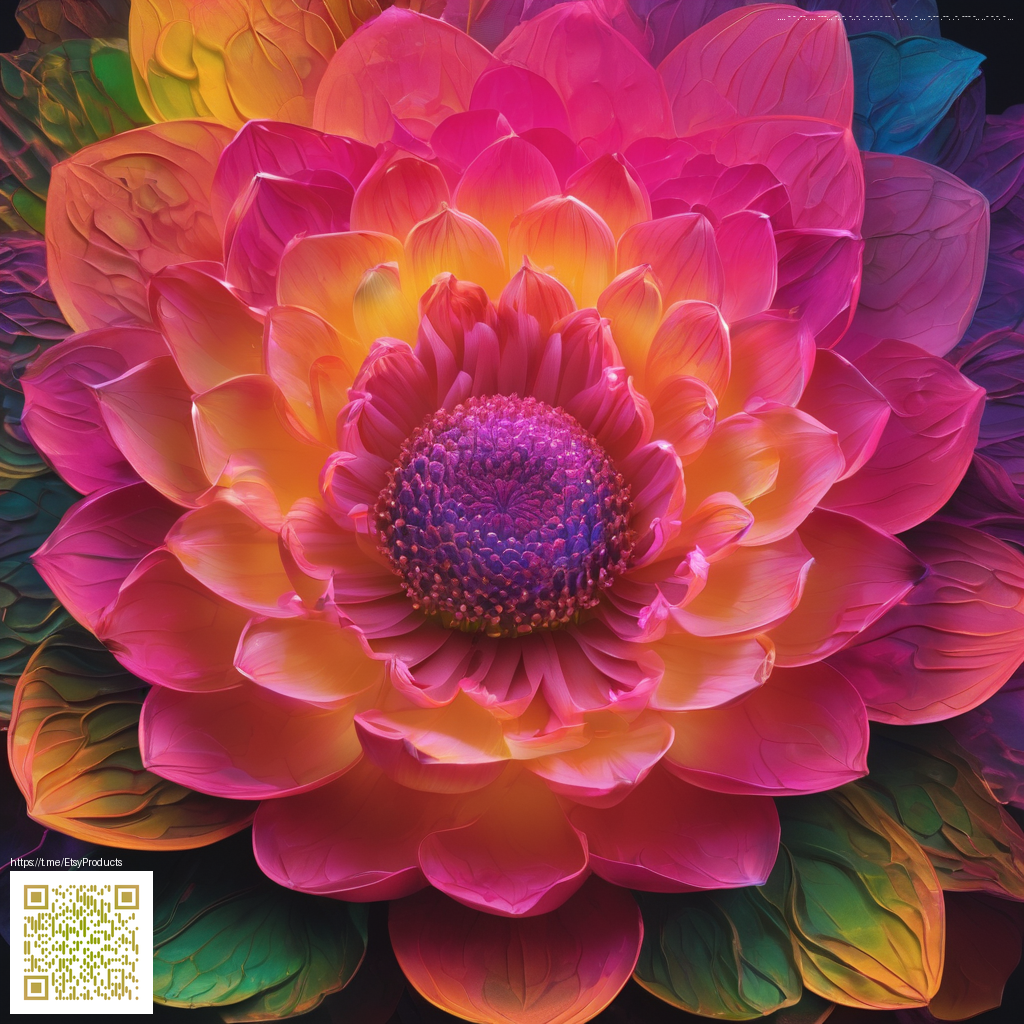
Texture in Design: How Surfaces Speak Without Words
Texture is one of the most intuitive languages designers use to guide how a product feels before it is even touched. We read surfaces with our skin as well as our eyes—finishes, coatings, and subtle micro-patterns signal durability, comfort, and usability. In the realm of modern design, texture is less about decoration and more about behavior: how a material behaves under light, how it grips your fingers, and how it communicates value. When a surface looks and feels purposeful, users traverse a product with confidence, trusting that every interaction will be smooth and predictable.
Texture as a Language
Think of texture as a narrative device. Matte surfaces communicate restraint and tactility, while gloss can imply energy and precision. Brushed metal suggests robustness; soft fabrics imply comfort; subtle embossing can guide touch without distracting the eye. Designers leverage these cues to shape expectations and to steer how a user should interact with a product. The most successful textures do a quiet job: they reassure, not overwhelm, and they align with the product’s function. As a result, texture decisions ripple across branding, packaging, and user flow, creating a cohesive experience from desk to device.
“Texture is not merely a look; it’s an invitation to engage.”
For instance, a compact accessory that sits on a desk—like the Phone Stand for Smartphones Sleek Desk Travel Accessory—can demonstrate how texture choices affect grip, perceived quality, and portability. You can view the product here: Phone Stand for Smartphones Sleek Desk Travel Accessory.
Texture in Modern Products and Interfaces
Texture influences not only physical objects but also digital interfaces. Subtle depth via shadows, tactile-like patterns on buttons, and the impression of material through high-contrast edges all guide how users navigate a screen. In physical design, texture informs ergonomics: a cup’s rim, a handle’s contour, or a stand’s grip all determine how comfortably a product sits in a user’s hand. A well-chosen texture can reduce slips, improve alignment, and even extend the perceived lifespan of an item.
- Matte finishes to minimize glare and enhance grip
- Satin or brushed textures to evoke premium materials
- Microtexturing that improves tactile feedback without adding bulk
- Contrasting textures to delineate function areas (grip vs. contact zones)
- Texture maps in 3D assets to maintain realism across lighting conditions
In practice, texture decisions are deeply tied to a product’s context. A desk accessory should feel sturdy yet approachable; a portable gadget benefits from a surface that reads as lightweight and travel-ready. Designers often test textures under varied lighting and in real-world use to ensure that texture supports durability and comfort, not just aesthetics. For readers seeking broader insights, a related discussion can be found at https://101-vault.zero-static.xyz/262923ef.html.
When texture aligns with material truth—where the finish reflects the actual performance of the product—trust follows. This alignment reduces cognitive load; users know what to expect and feel assured in their interaction. The takeaway is simple: texture should whisper, not shout, guiding users toward the right actions with clarity and grace.
Practical Takeaways for Your Projects
- Define the intended tactile language for your product early in the concept phase.
- Test finishes under real-use conditions and lighting to ensure consistent perception.
- Balance visual texture with accessibility, ensuring legibility and comfort for diverse users.
- Coordinate texture choices across materials, packaging, and digital assets for cohesion.
- Use texture strategically to highlight function and guide interaction paths.
Texture is a powerful, often understated, element of design. When employed thoughtfully, it enhances usability, communicates value, and elevates a product from ordinary to memorable.